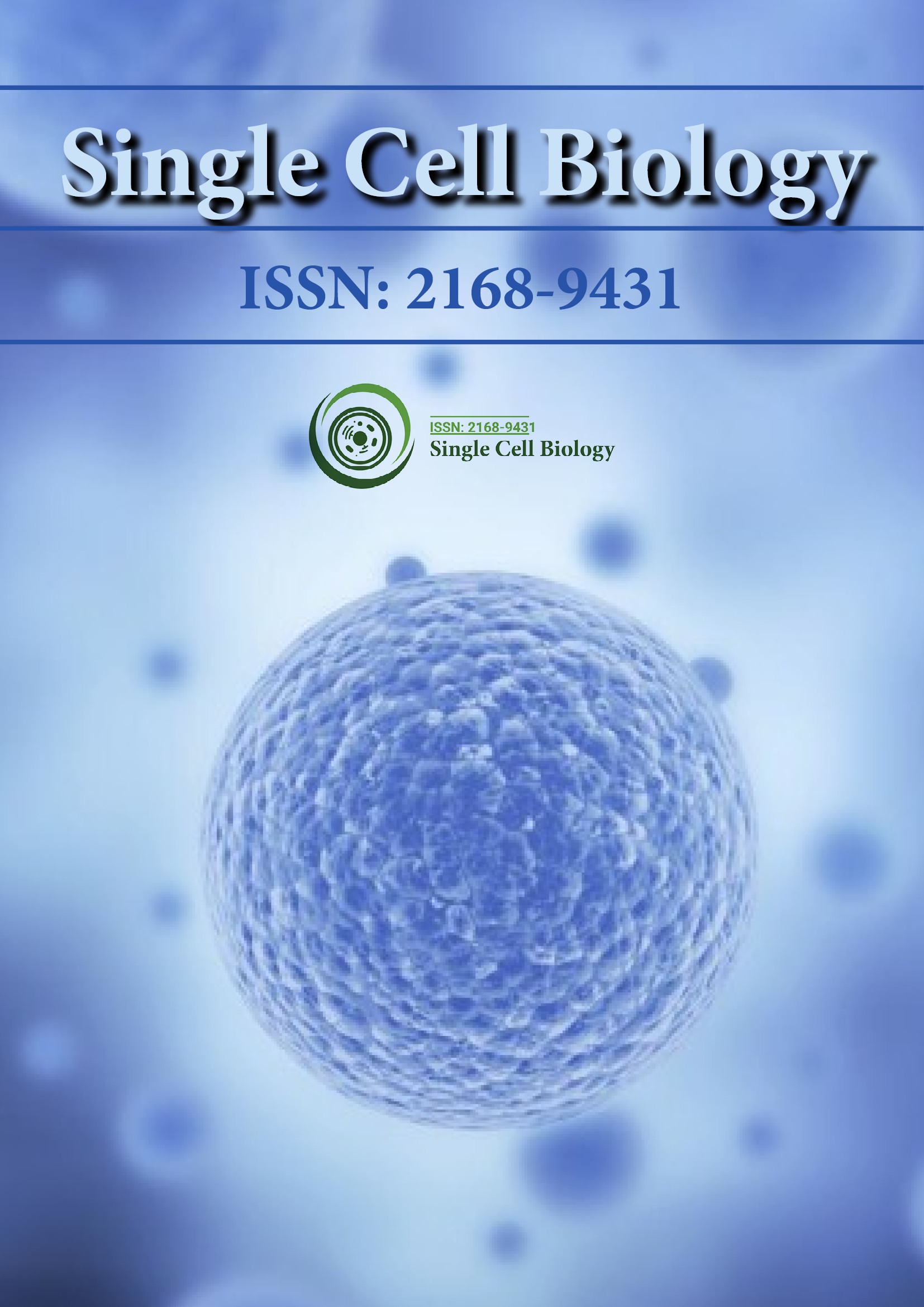Индексировано в
- ИсследованияБиблия
- CiteFactor
- RefSeek
- Университет Хамдарда
- ЭБСКО АЗ
- Паблоны
- Женевский фонд медицинского образования и исследований
- Евро Паб
- Google Scholar
Полезные ссылки
Поделиться этой страницей
Флаер журнала

Журналы открытого доступа
- Биоинформатика и системная биология
- Биохимия
- Ветеринарные науки
- Генетика и молекулярная биология
- Еда и питание
- Иммунология и микробиология
- Инжиниринг
- Клинические науки
- Материаловедение
- медицинские науки
- Науки об окружающей среде
- Неврология и психология
- Общая наука
- Сельское хозяйство и аквакультура
- Сестринское дело и здравоохранение
- Управление бизнесом
- Фармацевтические науки
- Химия
Абстрактный
Отдых как новый фактор транскрипции для контроля развития нервного гребня
Хитоми Аоки и Такахиро Кунисада
Фактор транскрипции RE1-silencing (Rest), также известный как NRSF (нейро-рестриктивный фактор сайленсера), является отрицательным регулятором нейрон-специфических генов и экспрессируется во время эмбрионального развития для предотвращения экспрессии нейронных генов в не-нейрональных клетках. Однако мыши Rest null умирают к E11.5, до которого задержка роста, вызванная широко распространенной апоптотической гибелью клеток, исключает дальнейший анализ потенциальной роли Rest in vivo. Чтобы исследовать функцию Rest в клетках нервного гребня (NCC), которые, как известно, дифференцируются в нейрональные и не-нейрональные линии, мы вывели NCC-специфических гомозиготных мышей Rest conditional knockout (CKO) и наблюдали их неонатальную смерть, вызванную дефектом энтеральных нервных клеток, полученных из NCC. Жизнеспособные гетерозиготные NCC-специфические мыши Rest CKO показали фенотип белых пятен, связанный с уменьшением количества меланобластов, не-нейронального производного NCC, в эмбриональной коже. Эти результаты показывают, что экспрессия REST на ранней стадии спецификации NCC необходима для правильного развития NCC. Чтобы полностью понять механизмы образования белых пятен и постнатальной смерти или эмбриональной летальности, опосредованной абляцией Rest, будущие эксперименты должны быть сосредоточены на анализе отдельных клеток, чтобы охарактеризовать подробные клеточные события, такие как сокращение клеточного цикла, апоптоз, изменение судьбы клеток, чтобы хорошо объяснить наблюдаемые фенотипические изменения.